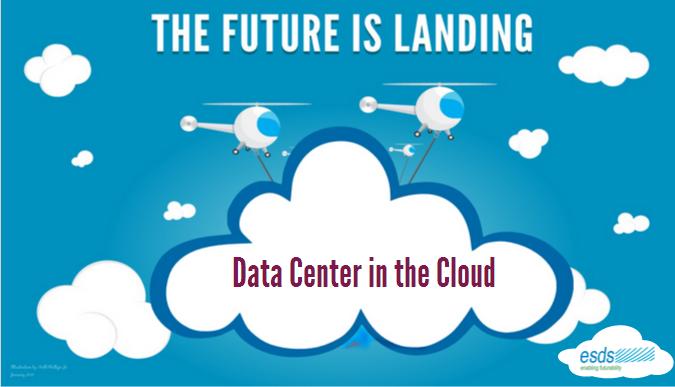Top 5 Features of Next-Gen Data Centers And Their Need

Next-Gen Data Centers And Their Need
Summary
What’s the basic need of businesses using cloud service today? Businesses want to keep pace with evolving technology. In fact, they should be aiming even higher – to get to the next level before anyone else.
Cloud computing provides innumerable advantages to businesses and enterprises. The most important of these are:
- Increasing business agility
- Changing business resource infrastructure from on-premises to on-consumption
- Replacing CapEx by OpEx and also reducing risks
- Providing large data storage and management banks or datacenters
What more can cloud offer you? It can provide you a lot more than you think.
Why Is Cloud Computing Due for an Upgrade?
Cloud computing can’t avoid becoming more sophisticated because our environment’s forcing an upgrade. Why? The stats currently say that more and more areas are now becoming urbanized. In fact, the urban population has already exceeded that of the rural areas in the US.
A higher urban population means more connected devices. According to a report, we should expect a total of 40 billion connected devices by 2020. On top of that, total data volume will reach as high as 40 zettabytes!
The Internet of Things, or rather the Internet of Everything, has a lot bigger role to play in it than the change in population pattern. In the very near future, every single object around us will be connected to the internet. They will all be sending bulk real time data. Read More: Cloud Environment for Internet of Things – A Technology Revolution?
Obviously, the existing cloud computing infrastructure can’t cope up with this high demand. What we need is a new and improved infrastructure. We need to have an upgraded version of the existing data center.
Let’s take a look what the next generation data centers are going to look like.
Disaggregated Structure
As the Internet of Things is gaining importance, businesses are shifting towards disaggregated structures. Cloud data centers are also facing a move in this direction.
If you look at the big picture, you’ll observe a pattern here. This is how technology evolves. It starts out small and localized, controlled by a single entity. Then, gradually it evolves as it becomes available to the public.
Optimum Operating Efficiency
Needless to say, it’s simply insufficient to have a large, bulky storage center. The data centers of the future need to be efficient. They need to be intelligent enough to take in astronomical amounts of data and clean it.
New data centers must be able to assign a workload where it’s most suited. They need to maximize cloud performance by shifting loads and delivering them near premises.
Compact Size
To handle huge amounts of data, data centers will tend to become bulky. They’ll consume more space than they should.
Moreover, with a rising urban population, there is simply no space to install mammoth data centers. So, cloud companies need to look at the latest technologies and make their data center compact.
Low Power Consumption
Future increases in data will lead to energy deficiencies. So, next-gen data centers need to be efficient in terms of their power consumption. They should be taking up as little power as possible.
Green Data Centers
Practically, every technology is moving towards becoming green. Data centers are no exception. To keep our world safe and intact, data centers should be using green technologies. They should be consuming low power. Even then, the power should be obtained from green sources.
With IoT and IaaS in the house, next-gen data centers are overdue. More devices getting connected are creating problems for the clouds. What we need to do is move ahead and level up our data centers.
What other features need to be upgraded in the next-gen data centers? Share your thought with us!
- Small Business Website: Building a Strong Online Presence - March 11, 2025
- Top 10 Best Practices for Implementing DRaaS in 2025 - January 20, 2025
- Signs of Cyber Attack and How to Respond to them? - March 25, 2019